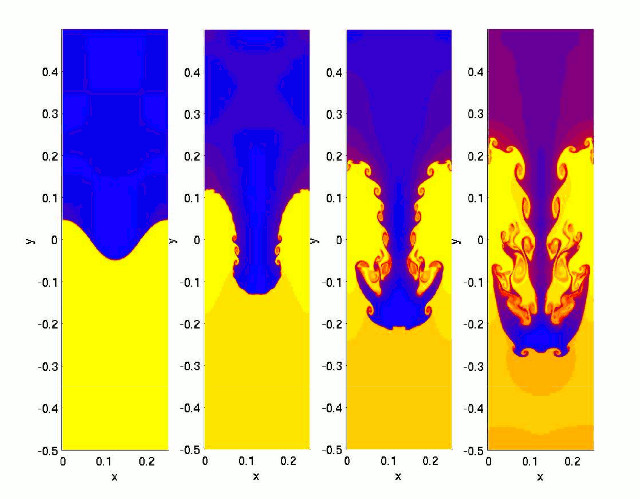
The MS Oasis of the Seas is the world’s largest cruise ship (holding the title jointly with its sister ship, MS Allure of the Seas) and stands seventy-two metres above the water line. During the delivery process, as it was sailing from the STX Shipyard in Finland where it was built to its first stop, it had to pass underneath the Great Belt Bridge that connects the Danish islands of Zealand and Sprogø, a bridge that stands only sixty-five metres above the waterline. Oasis of the Seas is equipped with telescoping funnels and ballast tanks, but this would only create a tiny margin of safety between the ship and the bridge.

Luckily, the ship was able to rely on something called the squat effect to help it make it under the bridge. The squat effect occurs when a ship moves through shallow water at speed. The water is forced underneath the ship, increasing its speed, and this causes the water pressure to drop (by Bernoulli’s Principle), thereby pulling the ship deeper into the water.
 In deep water no squat effect is present.
In deep water no squat effect is present.
 In shallow water the squat effect causes the ship to sink lower into the water.
In shallow water the squat effect causes the ship to sink lower into the water.
Oasis of the Seas approached the bridge at twenty knots (10.3 m/s; 23 mph), close to its twenty-two knot top speed and this was enough to pull it an additional thirty centimetres into the water, allowing it to pass safely under the bridge.



